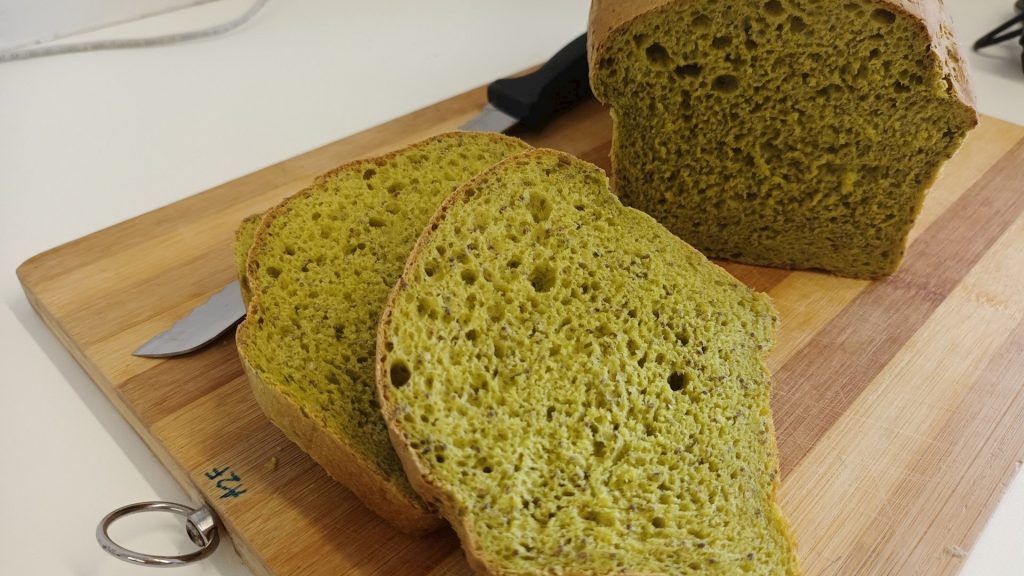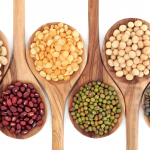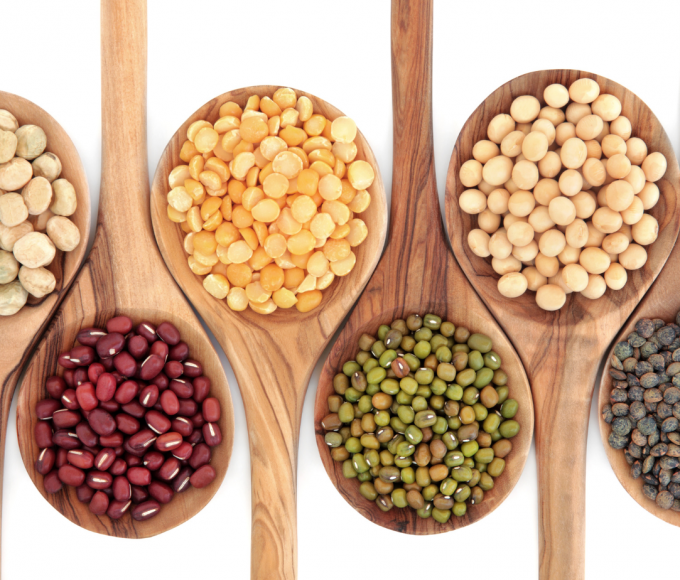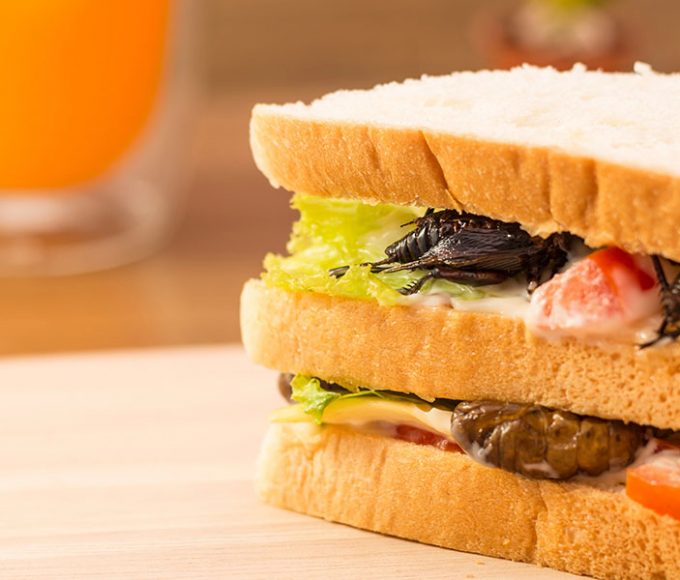The search for alternative and sustainable sources of nutrients has led to growing interest in microalgae, highly efficient microscopic organisms with remarkable nutritional potential.

A Sustainable Nutritional Powerhouse
In addition to their abundance and productive efficiency, microalgae are rich in amino acids, polyunsaturated fatty acids, vitamins, and minerals (Matos, 2017). These attributes make them a promising option for enriching traditional foods, as well as a versatile raw material for developing innovative products, similar to tofu, tempeh, lentils, or chickpeas — alternatives to animal-based proteins that are increasingly valued by consumers (Onwezen et al., 2021).
However, the incorporation of microalgae into food is not without its challenges, particularly in terms of sensory acceptance. Factors such as taste, aroma, color, and texture have a direct impact on how consumers perceive these products and that perception is not always favorable.
(Gille et al., 2017)
The YUM Algae Project
The YUM Algae Project, developed in partnership with the Instituto Superior de Agronomia, was created to investigate this issue. Sense Test participated in this pioneering study with two main goals.
- To conduct a sensory characterization of various microalgae biomasses;
- To evaluate the impact of their incorporation into foods such as bread and Camembert cheese.
Study
Study I: Sensory characterization of 12 microalgae biomasses by a trained panel using the CATA (Check-All-That-Apply) methodology, along with a tasting report developed based on literature and preliminary tests.
Study II: Evaluation of four samples of bread and Camembert cheese made with both raw and enzymatically treated microalgae. This phase involved both consumers (65 naïve tasters) and a trained panel, using methodologies such as hedonic scales and RATA (Rate-All-That-Apply).

Main Results
The data collected enabled a detailed mapping of the sensory perceptions of the biomasses, as well as the identification of key factors influencing the acceptance of the developed products. For instance, visual appearance and odor were found to be the most critical aspects for consumers, particularly in the raw versions. Even so, there were encouraging signs: Many consumers were open to food innovation, especially when the products had an appealing appearance and milder aromas. Sensory analysis thus proved to be an essential tool for overcoming sensory barriers and bringing microalgae-based products closer to consumer preferences.
Insights
The YUM Algae project stands as an excellent example of how sensory analysis and sustainability can go hand in hand.
Despite the challenges, the use of microalgae in food holds immense potential – not only due to their nutritional value and low environmental impact but also for the opportunity to create unique products that meet emerging market demands.
(Vaz et al., 2016)





Leave a comment